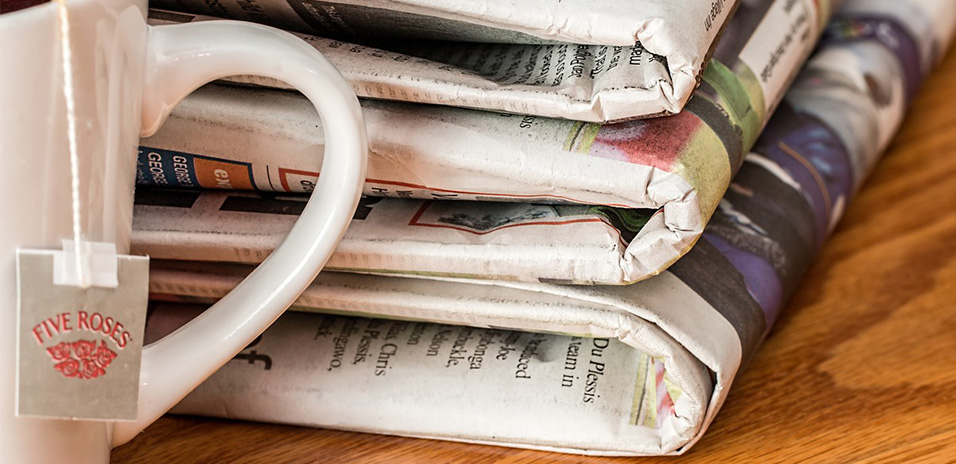63% of Facebook and Twitter users said they get news from these platforms. I’m surprised the number is that low! In 2012, I followed the entire Presidential election through Twitter. If you watch the news now, all of the reporters and anchors list their Twitter handles – and they are active! Most major news channels even assign hashtags to stories or shows (#CNNNewDay). Why has all of the news gone social?
Today I get news whenever, wherever and however I want. If I want to watch television for national news, I watch CNN (or FOX News, if I want something “fair and balanced”). Increasingly, however, I rely on social media on mobile devices for my local and national news. The best part is my news is completely customizable! I choose the topics and stories I want to read. And when I am done, I can share with other people. That makes me look like I am in the know and builds my professional brand. Here’s how the various social media networks have changed how we get our news.
- Newsfeed / Stream – When you Like a page on Facebook, you are stating that you want their status updates on your page. This can be especially helpful when you are interested in blog updates, stories and specific topics that interest you. You don’t have to find the information; it is automatically sent to you. Twitter (followers) and LinkedIn (Pulse) work in a similar fashion.
- Groups / Lists – Twitter makes it easy to segment the type of news and information you want to receive. Simply create a category (e.g. – Marketing Technology, Indiana Churches, K12 Education, etc) and begin adding people. They will be notified they have been added to your list. When you select that Twitter List, you will only see tweets from those people or organizations. Your news is completely customized!
- Trending – Social media companies scour the feeds to find what’s trending. Facebook lists trending categories on the right side of the feed. Twitter offers users two options: trending hashtags and “Moments.” These are the most popular trending stores on Twitter at that instant: News, Entertainment, Sports, Elections, etc. Even Snapchat has Stories that tell users the most news in short video format. In most cases, you can even read the whole story if you’d like.
- Video – Video killed the television star! I can’t watch NBC Nightly news while on the train. I can’t watch my local news if I’m out of town. However, I can use social media and apps like Facebook and YouTube to stay up to date on the events in my community and abroad. Similarly, Periscope and Meerkat put the power of the live broadcast in the hands of anyone with a smart phone or tablet. Is video the preferred means of communicating? More than 400 hours of YouTube video are uploaded every minute!
Facebook is now suspected by some conservatives of leaning their content to the left using “secret algorithms.” That may or may not be true. However, the fact is that mobile devices and social media have also empowered the user / viewer / subscriber to select what they want to watch, when they want to watch it. Consumers of information have more choices now than at any other time in modern history. The revolution will not be televised; it will be downloaded.
Scientifically Speaking, of course




